Audio Video for Home Theater and Gaming

Home Theater and Gaming Audio Video Solutions
The home theater and gaming industry is continuously pushing the envelope for performance. Higher-resolution screens and advanced immersive audio formats require new technology to deliver seamless and enjoyable experiences. Analog Devices provides proven solutions in the home theater and gaming markets with DSPs, audio amplifiers, video capabilities, and power management.
Value and Benefits
Our audio signal chain solutions are showcased on the Melody platform for the AVR and soundbar application space. It combines best-in-class components in video, DSP, audio, power, and software, empowering customers to get to market quickly with the latest technologies.


Reduces time to market


Combines video, DSP, audio, and other components


Delivers seamless audio experiences
Featured Products
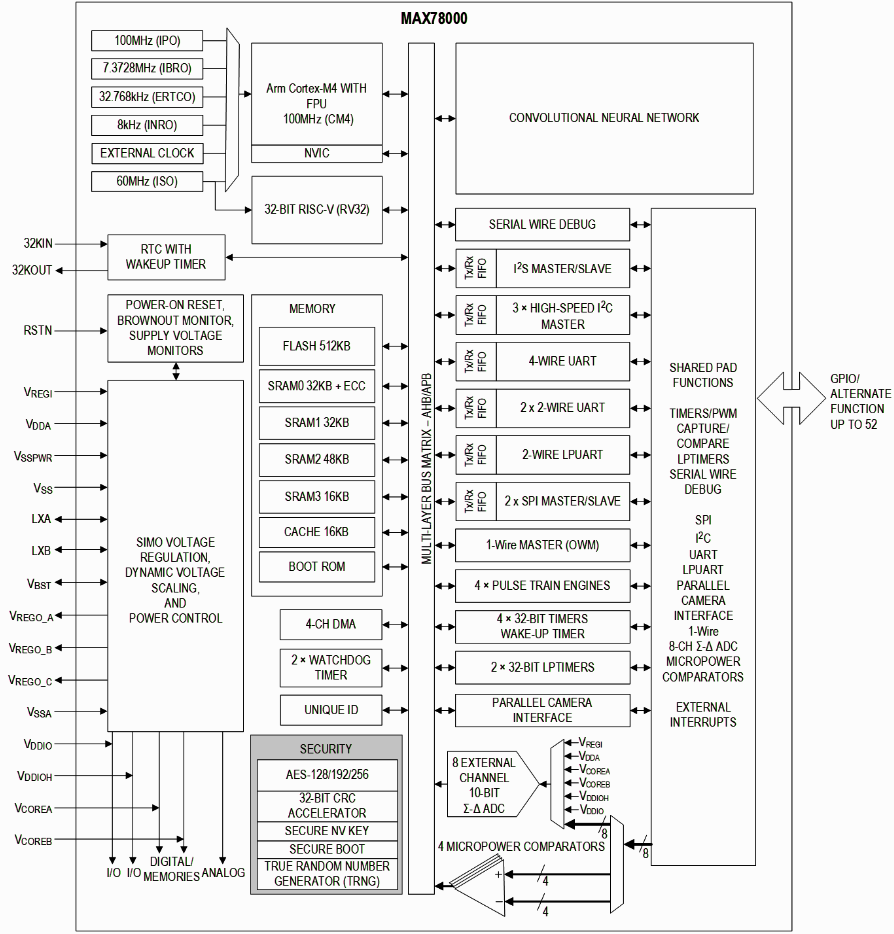
MAX78000
Artificial Intelligence Microcontroller with Ultra-Low-Power Convolutional Neural Network Accelerator
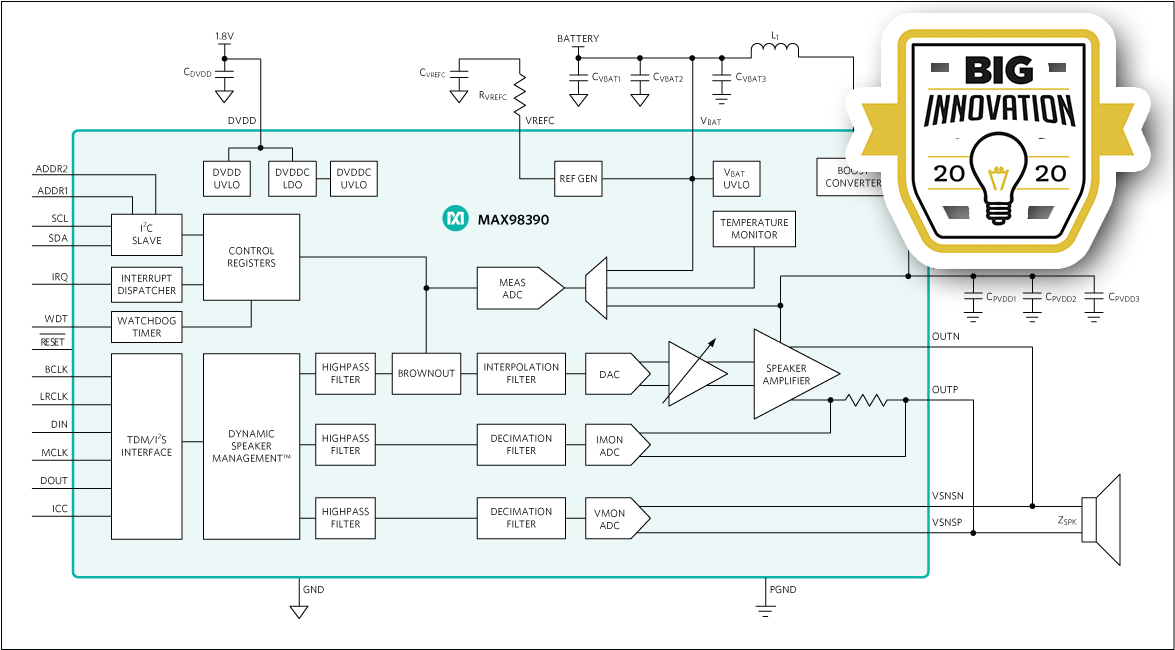
MAX98390
Boosted Class-D Amplifier with Integrated Dynamic Speaker Management
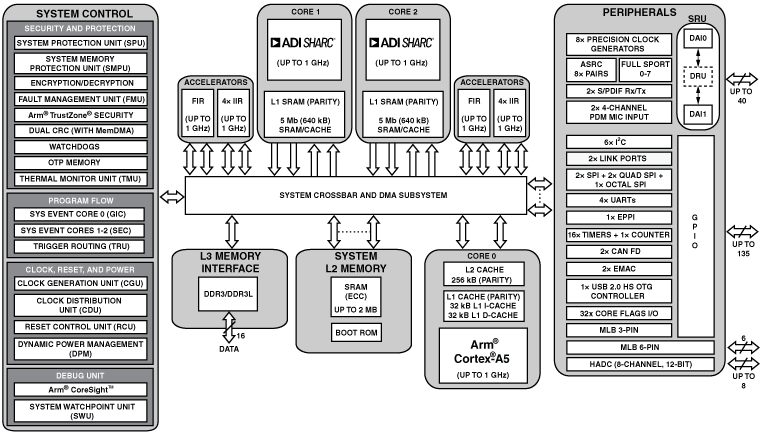
ADSP-21593
Up to 1GHz Dual-SHARC+® DSP with 2x 640KB L1, 2048KB Shared L2 SRAM, 400-Ball FCBGA
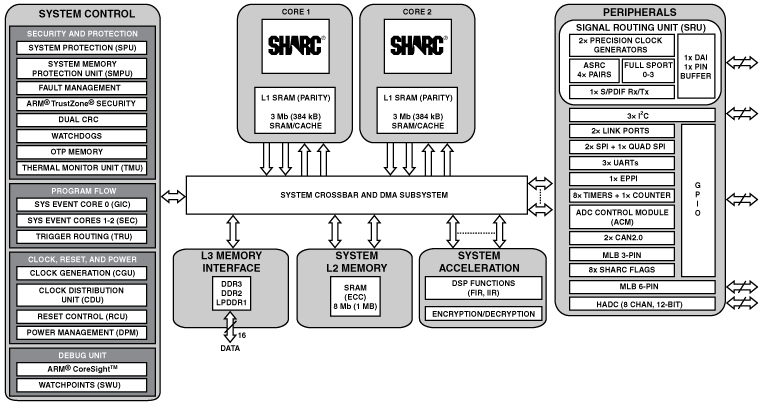
ADSP-21573
Dual-core SHARC+ DSP (w/768KB L1), 1MB Shared L2, DDR, 400-cspBGA
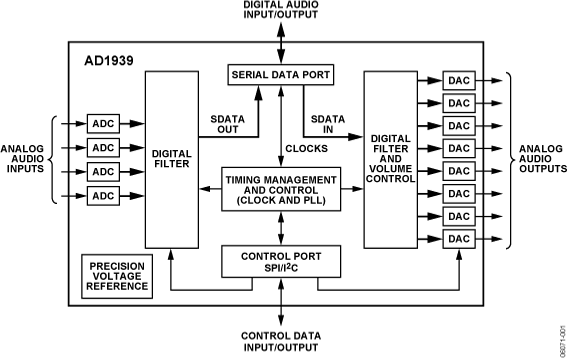
AD1939
4 ADC/8 DAC with PLL, 192 kHz, 24-Bit Codec
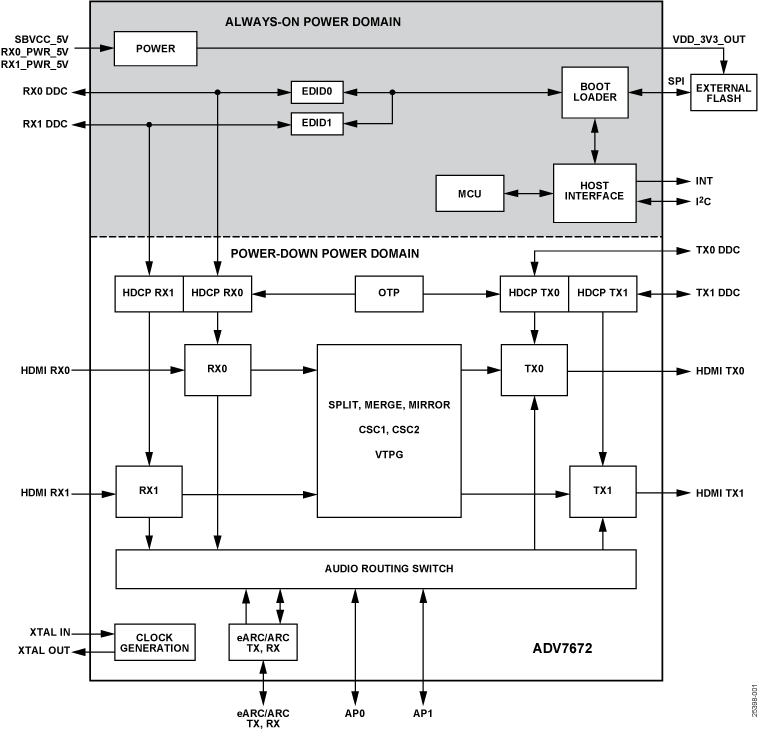
ADV7672
40 Gbps HDMI 2:2 Crosspoint Transceiver
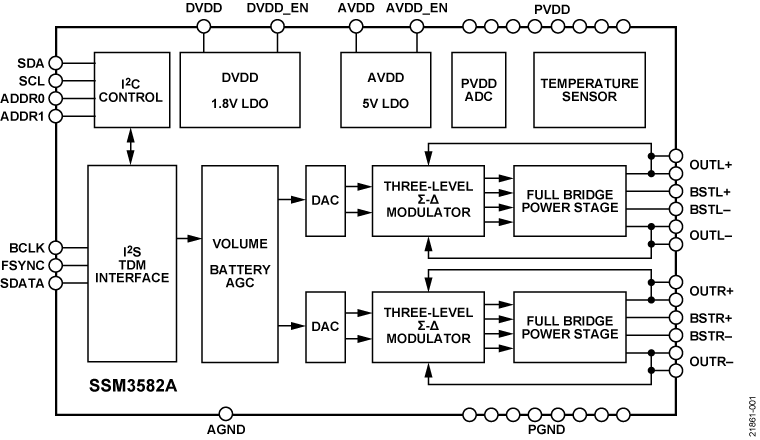
SSM3582A
2×, 31.76 W, Digital Input, Filterless Stereo Class D Audio Amplifier
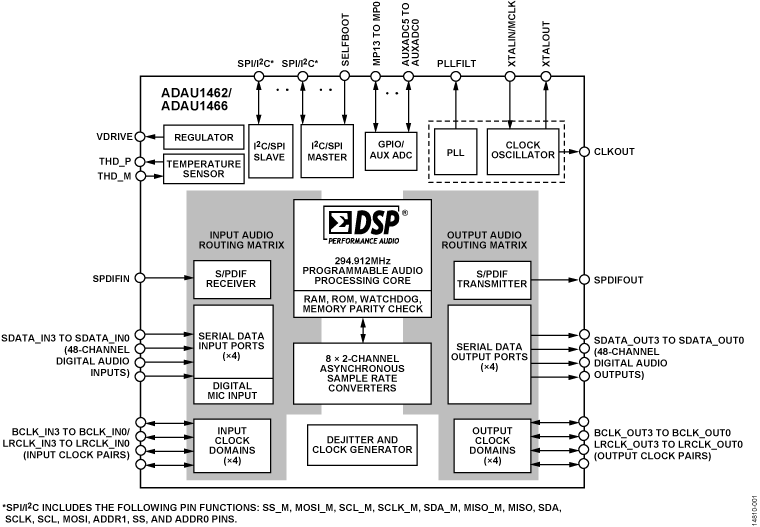
ADAU1466
SigmaDSP Compact Digital Audio Processor with Extended Internal Memory
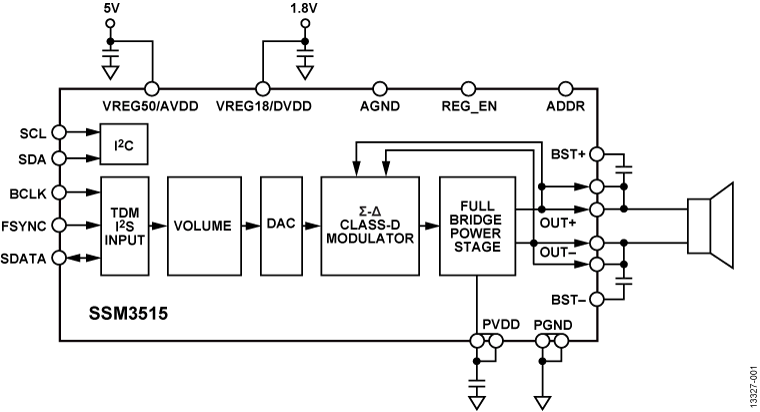
SSM3515
31 W, Filterless, Class-D Digital Input Audio Amplifier
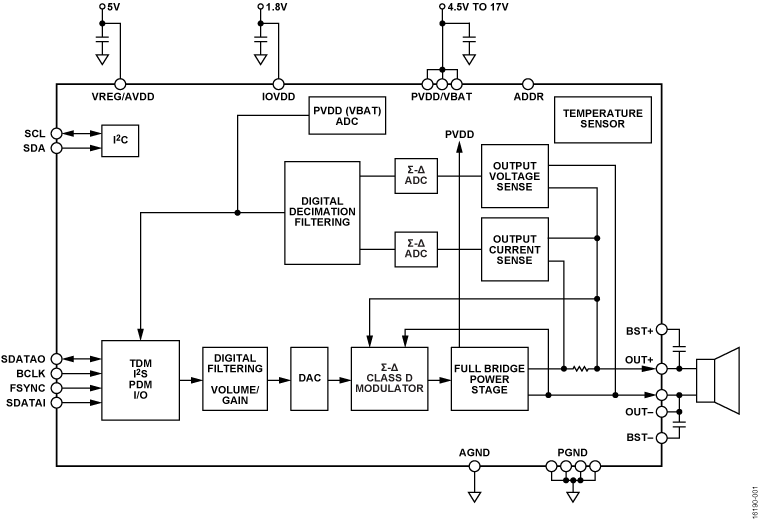
SSM3525
30 W, Filterless, Class-D, Output Sensing Audio Amplifier
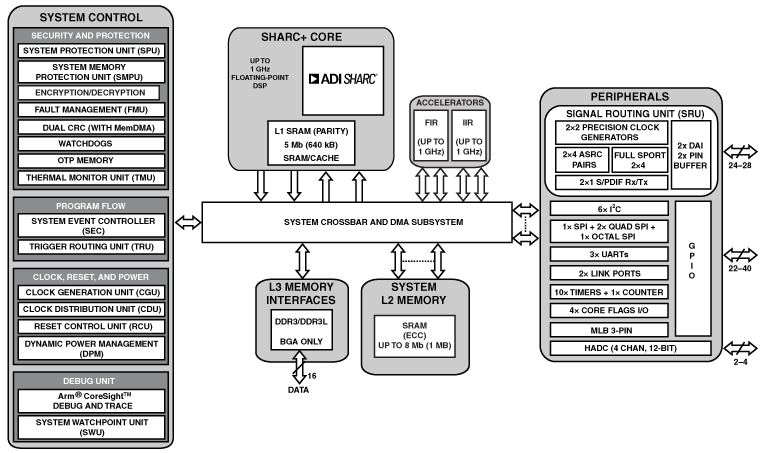
ADSP-21569
Up to 1GHz SHARC+ DSP with 640KB L1, 1024KB Shared L2 SRAM, 400-Ball CSP_BGA
< Prev
Next >
Click on a section in the diagram below to view available parts.
Interactive Signal Chains

Click on the part for more details

Evaluation Boards
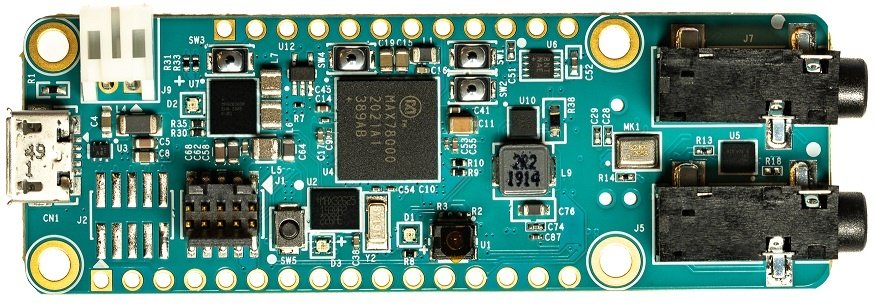
MAX78000FTHR
Evaluation Kit for the MAX78000
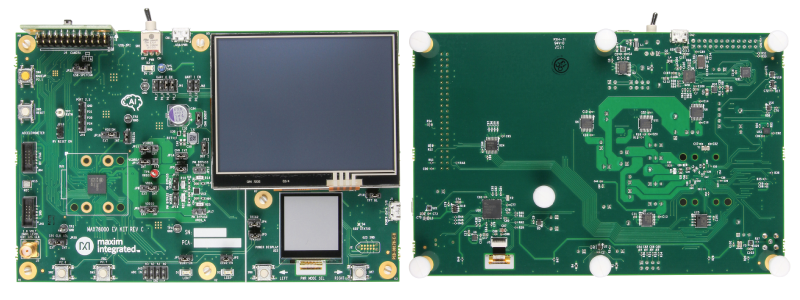
MAX78000EVKIT
Evaluation Kit for the MAX78000
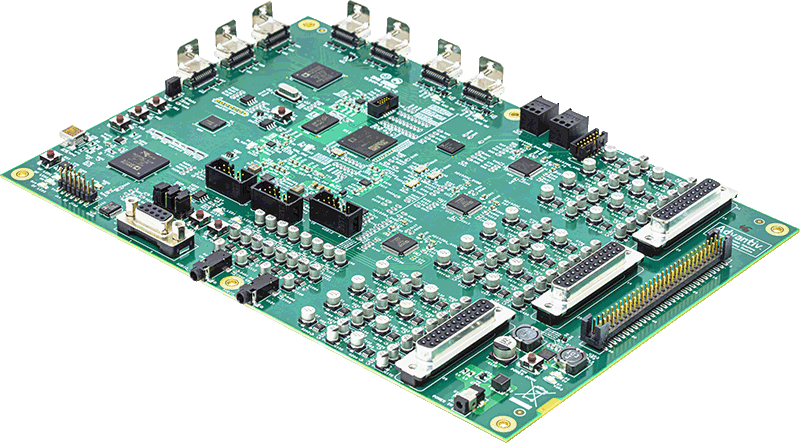
EVAL-MELODY-8
EVAL-MELODY-8 Evaluation Board
{{modalTitle}}
{{modalDescription}}
{{dropdownTitle}}
- {{defaultSelectedText}} {{#each projectNames}}
- {{name}} {{/each}} {{#if newProjectText}}
-
{{newProjectText}}
{{/if}}
{{newProjectTitle}}
{{projectNameErrorText}}
